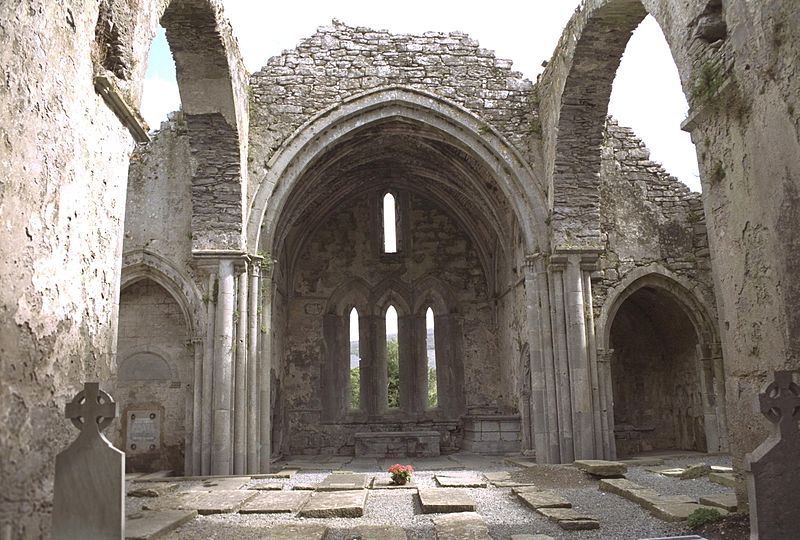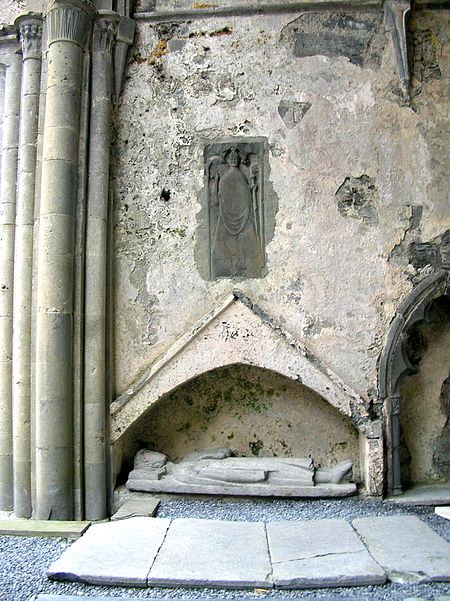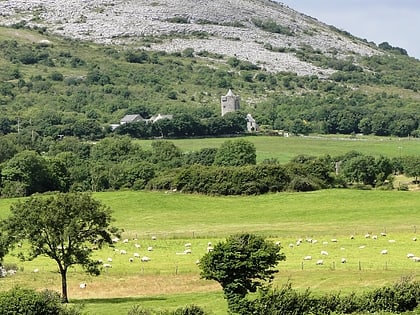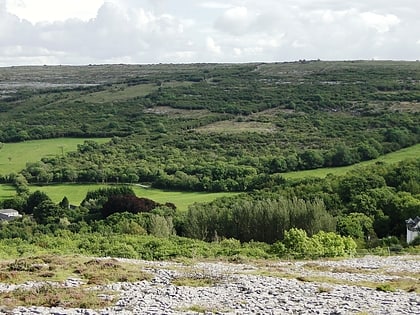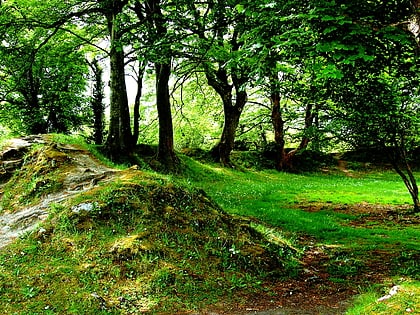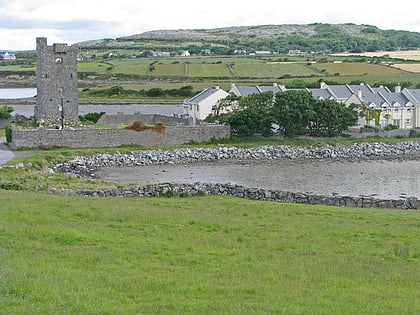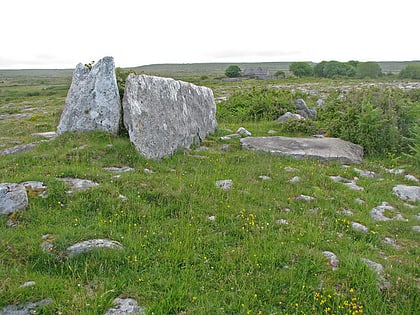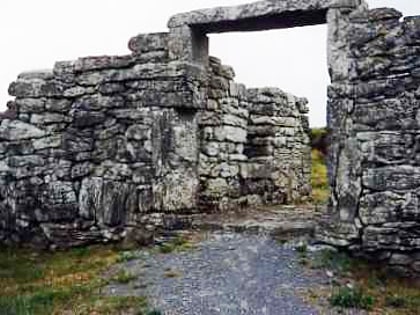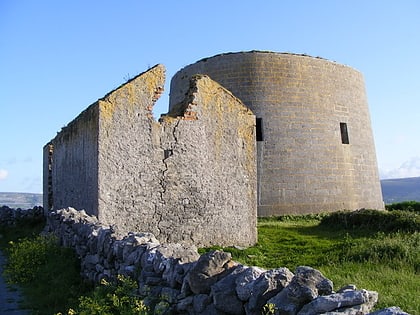Corcomroe Abbey
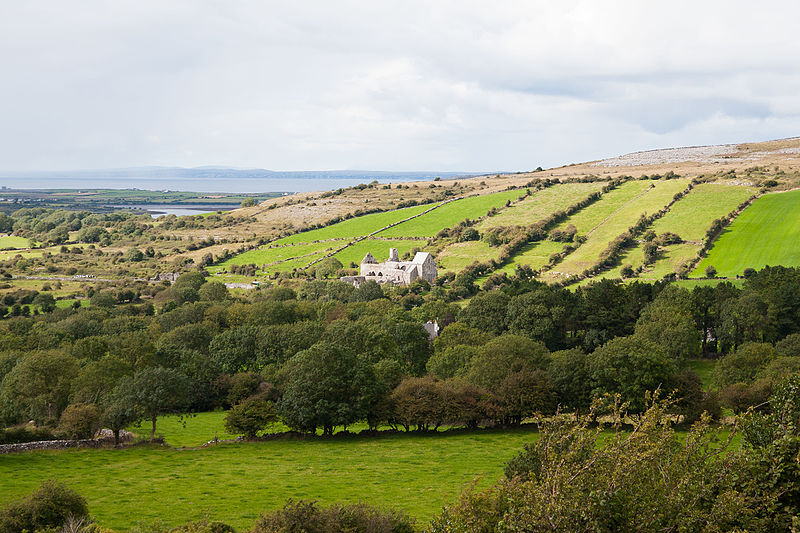
Facts and practical information
Nestled in the serene Burren landscape of County Clare, Ireland, lies the historic ruins of Corcomroe Abbey. This early 13th-century Cistercian monastery, an emblem of Ireland's rich ecclesiastical heritage, stands as a poignant reminder of the country's medieval past.
Corcomroe Abbey, often referred to as Sancta Maria de Petra Fertili or "St. Mary of the Fertile Rock", is renowned for its intricate stone carvings and fine architecture. Despite the ravages of time, the abbey's structure has retained much of its original splendor, with its nave, chancel, and transept still distinguishable. The remnants of the cloister, though less preserved, suggest a complex of considerable size and importance.
The monastery was founded by Domnall Mór Ua Briain, King of Thomond, for the Cistercian monks from County Tipperary. The choice of location, in the heart of the karst Burren landscape, reflects the Cistercian monks' preference for remote and austere settings, conducive to their vows of poverty, chastity, and obedience.
One of the most striking features of Corcomroe Abbey is the elaborate tomb of Conor na Siudaine Ua Briain, who was a patron of the abbey and a member of the Ua Briain dynasty that once ruled much of western Ireland. The tomb is adorned with effigies and carvings that are considered masterpieces of Irish Gothic sculpture.
Clare
Corcomroe Abbey – popular in the area (distance from the attraction)
Nearby attractions include: Aillwee Cave, Poulnabrone Dolmen, Dunguaire Castle, Newtown Castle.



